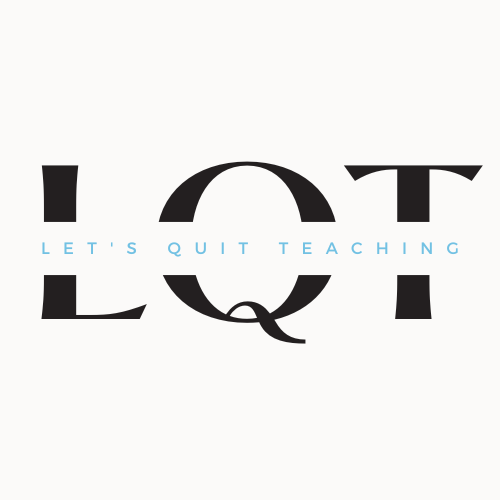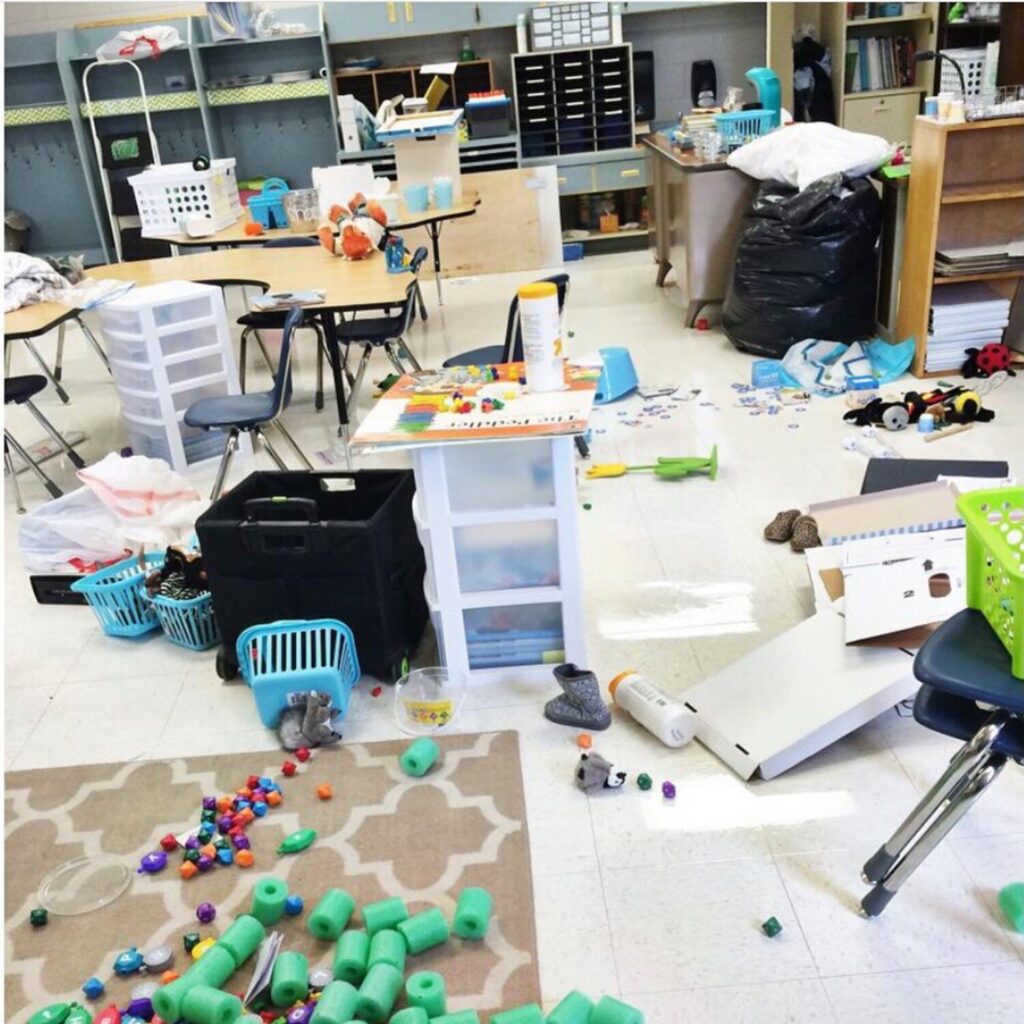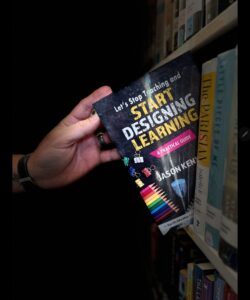You have a mess right now in your school or district. It might be a small one, a tiny corner area of a school that needs attention. It might be a huge one, an overarching need that needs a massive effort to overhaul. The kind of mess I’m referring to is not one to be tackled by brooms, mops and feather dusters. There is a mess, big or small, that is holding back the learning in the building from moving up to the next level of improvement. It does not matter where you are, what your community is, what your staff does, what you believe, there is no place that is hermetically shielded from and immune to a mess. So, how do you deal with them?
Identify the Mess
I know this may sound like something out of a recovery manual, but it is true. The first step is to admit there is a problem. Admitting there is a problem is not a negative thing. All we are saying is that there is something we are doing (or not doing), and we can make it better. Good isn’t good enough, and better isn’t best. It’s as simple as that. We all can find something to make 1% better tomorrow.
But you first have to put a finger on it. You need to point it out and put the spotlight on it. Draw attention to it. What is the mess we want to clean up? Is it achievement scores? Is it all the interventions we are having to put in place? Is it learner behaviors? Is it staff burnout? Is it learning growth? What is the area we want to make better? Put it out there for all to see. The entire school or district needs to know what it is, what it looks like and how it’s affecting the learning in the building.
Accept the Mess as Yours
Next, we cannot blame the mess on anyone else. “Wait, what? I just got here, I didn’t make this mess.” Or the progress and learning here is being affected in the building by “the kids, the parents, the community, etc.” Let’s think about this for just a moment. Does pointing out the probable cause or origin of the mess do anything to change the work in having to clean it up? I have 3 dogs at home. There have been messes made needless to say. But does blaming the dog for the mess do anything to clean it up or prevent it from happening again? Nope. If I want the mess cleaned, I’ve got to clean it. If I want to prevent future messes, I have to put things into place to prevent them.
If we really want to take ownership, we have to act like the mess was ours in the first place. Yes, it does not feel good. It feels unfair, challenging, daunting and defeating. But once we accept that the mess is ours and that it is our responsibility to fix, then we can use our power to make things better. If we continue to blame others and other factors for why things are the way they are in schools, we continue to give our power and potential away for making a difference in improving them. We hold all the answers and the ability to improve if we own it. Blaming others just defeats us before we ever start to clean things up.
Collaborate the Fix the Mess
Here’s the beautiful part as educators. We are not alone! Nothing has ever happened in a school or district that has not happened before. There is no mess in your building that has not been a mess somewhere else. We have a community to tap into, whether it’s local, state or national. Get out there and find out what works.
We also need to collaborate in the work of improvement, not just the research behind finding solutions. If we’ve collectively identified the mess, and we have collectively accepted the mess as our own and our responsibility, then the action of making things better should also be collaborative as well. It makes the work lighter for everyone, it builds a community, and it fosters a unity that you find exciting and exhilarating as everyone is involved in the mission of fixing the mess together. Get everyone involved: learners, parents, community members, educators, administrators.
Focus on the Mission, Not the Mess
The key to sustaining the improvement lies in focusing on the mission collectively established and collaboratively enacted. Everything we talk about and do is about the mission. We plan, act, reflect and revise constantly as we move in the mission. The mission is what drives us.
We do not look back and blame the mess. Again, blaming the mess takes away our potential and power to make the improvement in the first place. By concentrating on the mission, we harness the collective energy and creativity of educators, administrators, parents, and communities to create a better, fairer, and more effective learning for all kids.
Whatever mess there is does not have to stay that way. Find the mess. Embrace the mess. Then begin to work together on making things better. Keep all the attention on the mission and steer away from blaming others for the mess. If we just sit back, point at the mess and say things, “Well, this isn’t our fault.” or “We can’t get this cleaned up because of …” then all we are doing is accepting the status quo and are admitting that we do not hold any power at all to make things better for ourselves and for our learners. Accept the mess. Accept the mission. Things WILL improve as a result.


